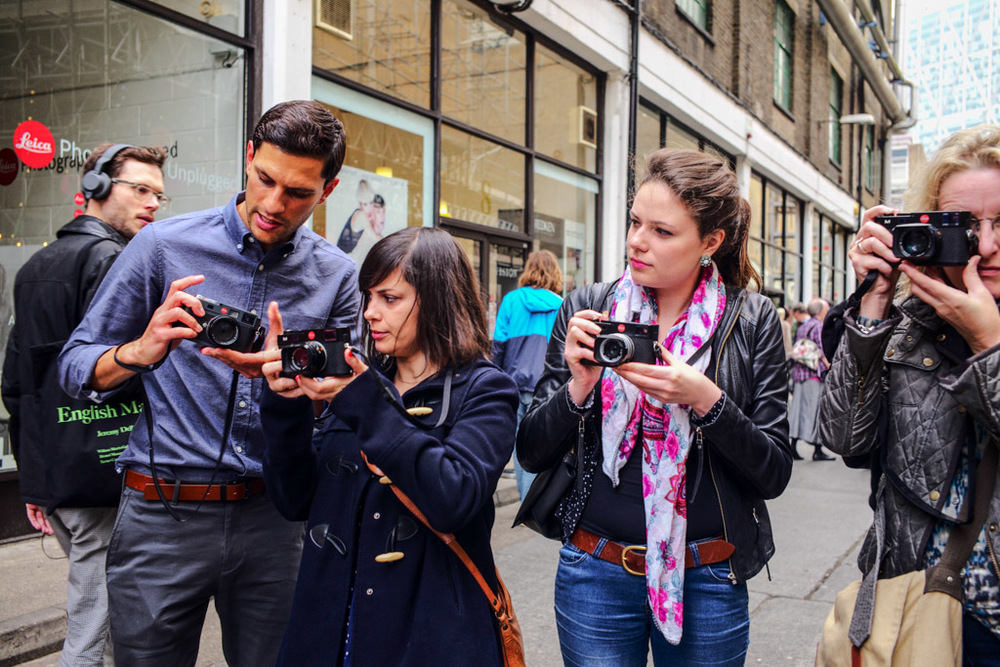
A couple of years after the introduction of a new M camera you can be pretty certain it will be joined by a P (for Professional) version that adds some cosmetic changes and, usually, a tougher rear screen in return for a few hundred pounds enhancement to the already sizeable tag.
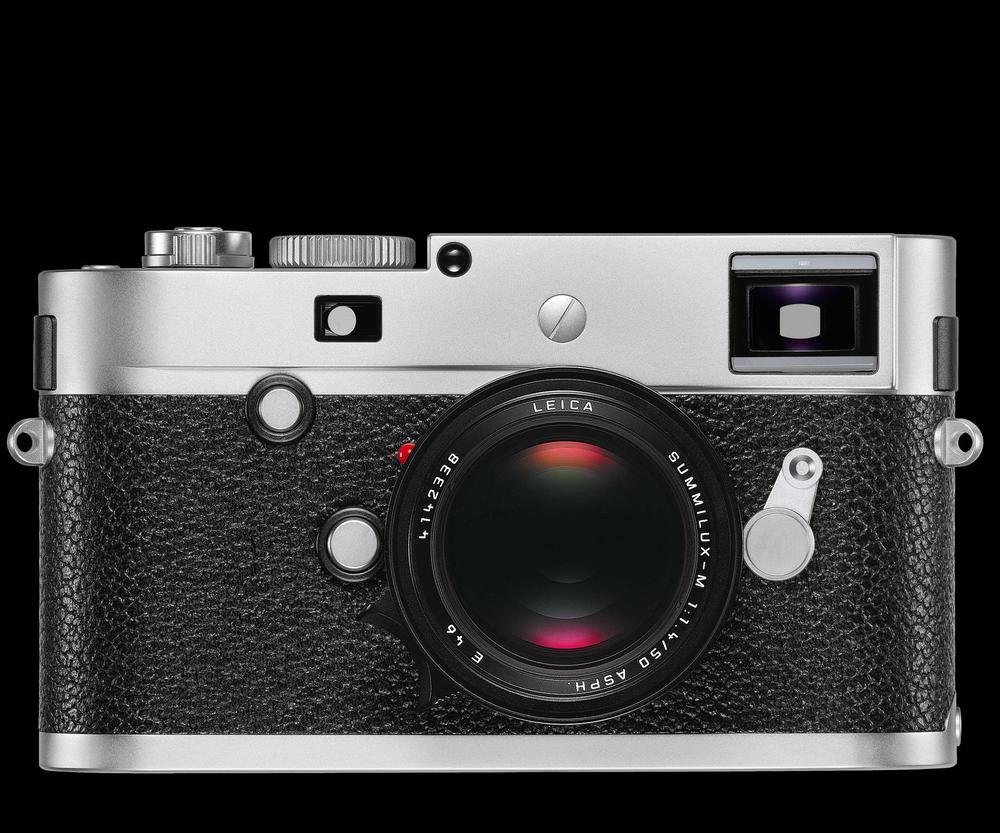
So it is with the M Type 240 which was launched in September 2012 and reached dealers’ shelves in the Spring of last year. Eighteen months on and the new M-P has arrived. Compared with previous P versions, this new camera, which comes in either silver or black, offers a longer list of improvements and tweaks for a premium of only £550*. This is is considered a modest increment at Leica.
Cosmetically, the M-P is set apart by the missing Leica logo and M designation on the front of the camera. The image of restraint is enhanced by traditional engraving on the camera top plate, reminiscent of the original M3 from 1954. The iconic cursive Leica name is accompanied by the simple wording “Leica Camera Wetzlar Germany”. That’s it. With eagle eyes you can check this is an M-P is by the model designation on one shoulder of the hotshoe mount. The camera serial number is on the other side, as on the M.
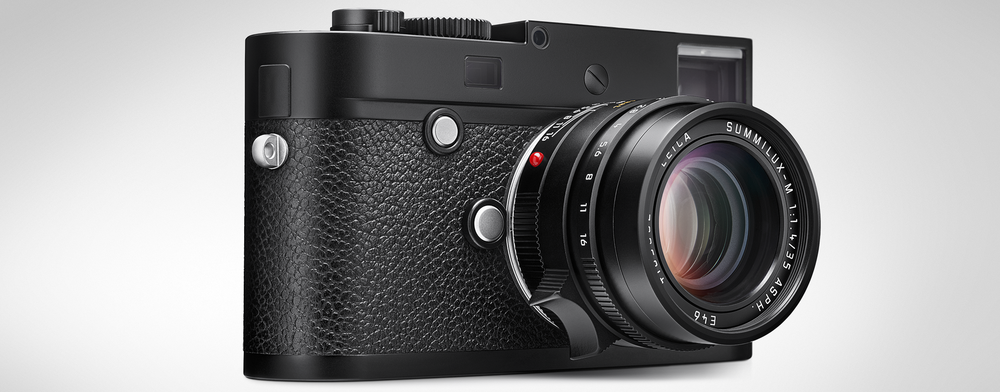
Frameline lever
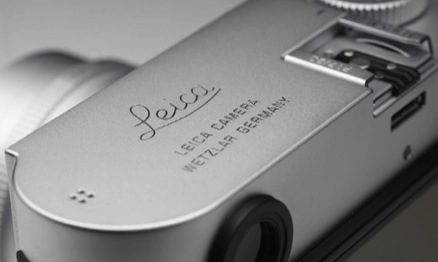
The M-P also differs in three technical aspects. Most obvious is the return of the frameline lever on the front of the camera. The 2012 M240 lost the lever, which is used to check the field of view of alternative lenses so you can see whether it is a good idea to change to a different focal length. The framelines come in three pairings: 50 with 75, 35 with 135 and 29 with 90mm. At the time of the M240 design, Leica engineers presumably believed that the frameline lever would be unnecessary, possibly because of the new electronic framelines and the ability to use an electronic viewfinder.
Clearly, however, the frameline preview was missed and it is now back on the M-P. Even those photographers who seldom use the lever will welcome its resurrection because it is one of those important styling cues that characterise the traditional Leica M. The lever is silver on the silver camera and black on the black version. Although I normally favour all-black Ms, the silver M-P looks best, not least because of the silver lever. At a very quick glance, ths camera is a ringer for the original M3.
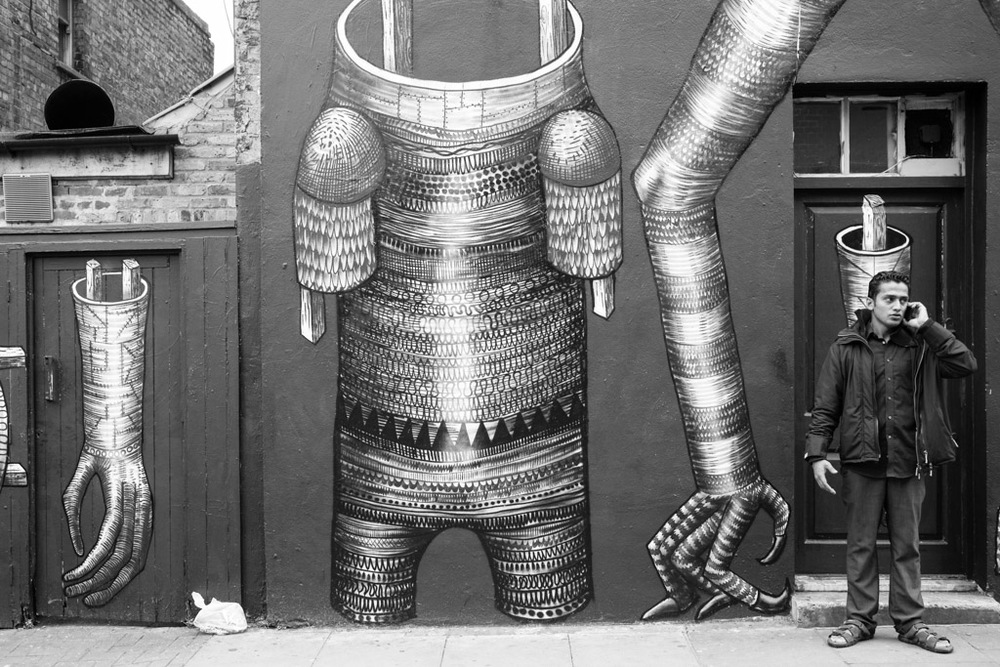
As with the M9-P, the M-P gains a sapphire crystal screen that is more resistant to knocks and scratches and is considered by Leicaphiles to be a very desirable additional feature. Many cannot understand why this is not fitted to the standard M although the answer is obvious: It provides one excuse for a mid-term P(professional) upgrade.
Bigger memory
Finally, the M-P gets something that all M users since the M9 have been crying out for: A bigger memory buffer or, in computer terms, more RAM, random access memory. It doubles in size from one to two megabytes and is intended to avoid the camera stalling when shots are made in rapid succession.
Leica has supplied a silver M-P for review and it has given me an opportunity to reacquaint myself with the M240 from a slightly different perspective. It is basically the same camera, of course, so there are no big surprises, no difference in image quality or overall results. But it is subtly different in a nice sort of way.
In common with the standard M, the M-P is a tad thicker than the earlier M9 (and the current Monochrom) and weighs about 100g more at 680g (body only but with battery and SD card in place). Anyone who has owned both M9 and M will tell you that the M feels subjectively bigger and heavier, more so than the statistics would suggest. It is simply bulkier. This isn’t a big point, and you soon get used to it, but it is worth bearing in mind if you are upgrading from the earlier model.

What owners really want is a digital body identical in dimensions to the M3. I believe that is Leica’s ultimate aim and it could become a possibility as electronic components shrink. In the meantime, the M-P is the nearest we can get to the old M3.
Viewfinder
The M and the M-P both boast an outstanding 3in screen with live view, something that the M9’s CCD sensor couldn’t support. Both also have the advantage of a hotshoe-mounted electronic viewfinder, the VF-2. This is an old design and, while adequate, is not in the same league as finders on most modern mirrorless cameras such as those from Sony, Fuji, Olympus and Panasonic.
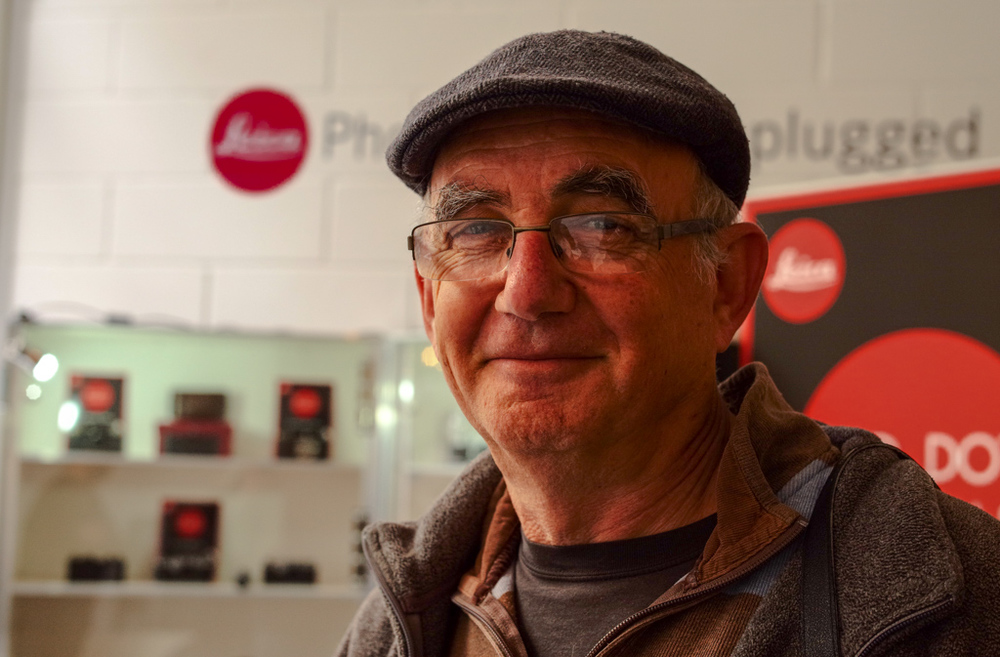
It is seriously outgunned even by Leica’s new Visoflex, currently limited to the T and the X (but not the X Vario which continues to use the same VF-2 as the M). We will have to wait until the next M model before gaining the Visoflex (or something even better) as Stefan Daniel confirmed when I spoke to him at Photokina in September.
After the first flush of excitement at having the possibility of an electronic viewfinder on the M when it arrived last year, I soon discarded it for normal use. I much prefer the traditional optical viewfinder with its unrivalled split-image focusing system.
This is, after all, the unique selling point of the Leica. Indeed, the M designation itself stands for Messsucher, or range-viewfinder, which was the big innovation on the M3 in 1954. Before that the Leica IIIf and and IIIg (which continued in production after the M3 launch) had twin windows, one to set the range, the other to compose the shot. The genius of the M3 was to combine both functions in one gloriously large window. Many believe the M3’s viewfinder is the best ever, even though it lacked 35mm framelines, an omission that was rectified in the later M2.
I do not see an electronic view as an improvement. In the same way, old reactionary that I am, I see no need for a video button. Try as I may, I have yet to meet an M owner who has pressed the video button except by mistake. There are far better cameras for video work.
There is another reason to avoid the viewfinder or live view. When live view is switched on, the battery drains more rapidly and there is also an increased danger of static charge on the sensor attracting more dust. With LV switched off, relying solely on the optical view/rangefinder, you win on two counts. You also feel that you are using a true Leica. Fortunately, the battery of the M-P is hefty (probably needed because of the video capability) and on a good day you can count on up to 900 shots provided you make sparing use of live view and avoid pressing that movie button.

The EVF does prove useful for lenses wider than 28mm which have never been supported by the range viewfinder. And some believe the larger electronic image is preferable for 75, 90 and 135mm lenses where the framelines in the optical finder are relatively small.
In general, though, I stick with the rangefinder for lenses between 28 and 90mm and hardly ever carry the EVF around with me. Most of the time the hotshoe is occupied by a Matchtechnical Thumbs Up grip which I find immensely reassuring. The built-in thumb grip, a new feature on the M, is pretty vestigal and, while better than nothing, it is no substitute for a Thumbs Up.
Essence of Leica
If the split-imagine rangefinder is the essence of Leica, the obvious simplicity of this camera is its distillation. The quick and precise short-throw focus ring of all Leica lenses (which I liken to the steering wheel of a racing car), the minimal controls and the simple menu system, all create a unique user experience.
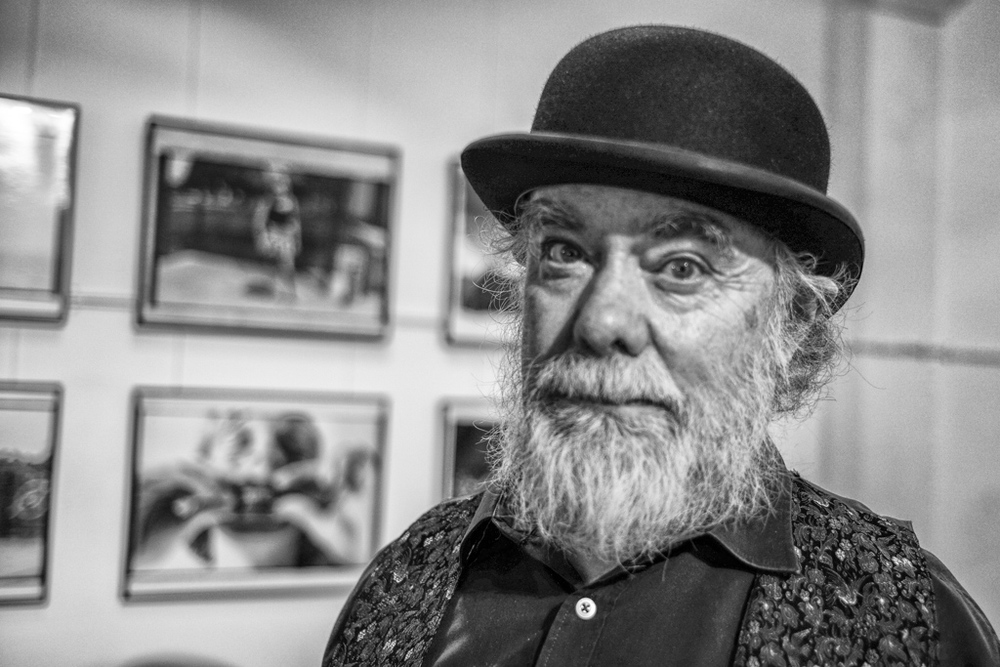
With all Ms you have just what you need to make great photographs and not a jot more. The shutter speed dial on the top plate of an M, as just one example, is simply the most precise and tactile dial known to man. It has evolved from the early days of the M3 and it is still there but with a really solid détente for A(uto). Just twiddling this dial tells you all you need to know about Leica precision.
The M and M-P are hand made in the company’s factories in Germany and Portugal. Higher labour costs in Europe are an obvious factor in the cost of the M (and also the European-made X and T series cameras). But with the brass-bound M there is a high degree of individual assembly and testing. The result is a superbly crafted object that can be appreciated every time you pick it up. No other cameras, not even the latest pro-quality Fujis and Sonys made in Japan, exude quality to this degree, nor do they instill the same level of desire.
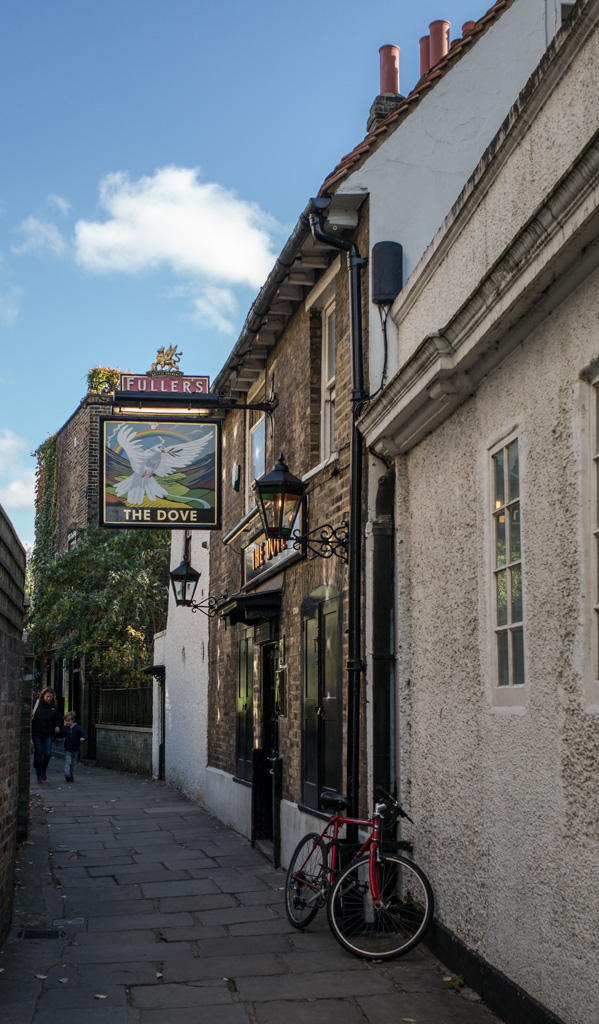
Simplicity is the word. With the M my preference is to work mainly in aperture priority mode with the shutter speed set to automatic and auto ISO limited to 1600 with a maximum shutter speed of faster than 1/100s to help avoid shake. Thorsten van Overgaard thinks using auto ISO in this way is lazy but I am happy enough to accept a bit of automation.
These settings seem to cover most situations for me, with the camera juggling speed and ISO to create a correct exposure depending on the choice of aperture. Unless photographing fast-moving subjects (not the Leica’s forte in any case) or using longer lenses there isn’t much need to vary from these settings. Others, of course, will disagree because photography is a very personal thing and Leica owning is exceedingly personal.
Massive speed boost
But I digress. Back to the M-P. This isn’t a full review because not much has changed from the M. Or has it? I wouldn’t have believed it, but that doubling of RAM has had a dramatic effect on the speed of this camera.
With the M-P you can take three times as many rapid one-after-the-other frames without any sign of the camera hitting the wall, as marathon runners will have it. With the original M you are lucky to get in nine shots before the camera has to pause for breath. In continuous mode, the burst speed now captures 20 frames in six seconds, again three times as many, before stalling sets in.

The tripling of speed compared with the M seems at odds with the mere doubling of the memory from one to two gigabytes. Yet it is logical because a substantial part of the RAM is occupied with handling the camera’s operating system. If we assume that this overhead is 500MB it easy to see how doubling the memory can triple the buffer capacity.
The larger RAM is billed as improving the continuous burst speed. This it does effectively with up to 20 shots possible in six seconds before buffer overload. But it also transforms the camera in general use and this is what I find most impressive.
One of the biggest criticisms of the M (and the M9 before it) was the way in which the camera would pause after a few frames because of the tiny buffer. Now, with the increased memory, you can shoot away (in single-shot mode) and seldom have to worry. Being able to take 27 shots as quickly as you can press the release is pretty hardcore for the Leica owner. Now, with the M-P, you will seldom hit the wall.
Speed test
I have tested the M-P against a standard M using three types of Sandisk SD card. First, as a worst-case option, I used an old 16GB Ultra II with the miserable write speed of only 15MB/s. Then came a 16GB Extreme with a 95MB/s write speed followed by a 64GB 95MB/s version of the same card. The results are illuminating and quite conclusive:
The impressive thing is that the speed of the camera has relatively little to do with the card speed but everything to do with that buffer. In a best-case example, using the fast 64GB card, I could get 27 quick, one-after-the-other shots in the can before the camera started to falter. At that point, it took 30 seconds to finish writing everything to disk. This is more shots than you can get in burst mode because continuous shooting uses up the buffer more quickly and the camera is then stymied by the rate at which the card can clear the internal memory. Twenty shots in six seconds was the best I could manage.
Faster cards such as those writing at 95MB/s will allow slightly more repeat shutter releases before buffer overload because they are abe to clear the memory more rapidly. In S(single shot) mode I could get in 27 frames before buffer overload from the 95MB/s cards compared with only 24 with the slow card. It is a small difference but it helps justify using a faster card. This is counter to the advice for M9 users where the camera itself was the bottleneck and often faster cards could cause problems.
What was interesting is that the 16GB 95MB/s card was more or less identical in performance to its 64GB sibling. There seems to be little advantage in using the larger-capacity card unless you really need the storage. And, surprisingly, the 15MB/s veteran card wasn’t all that far behind, although it took far longer to finish the writing process once the initial burst had been canned. This, in turn, results in repeated intermittent stalling until the card has managed to clear the memory.
This improved speed alone has got to be worth the extra cost of the M-P, sapphire screens and fancy levers notwithstanding. It is just a pity that Leica cannot see its way to double the RAM in the standard M.
In the near future Leica will certainly offer an upgrade path for existing M owners. Unfortunately, while this will cover the cosmetic appearance of the camera, it will not add the frameline lever nor, critically, will it provide the extra buffer. While the emperor will be resplendent in his new clothes, he will remain the same beneath.
Random access memory is more expensive than solid-state memory used in SD cards or SSD disks, for instance, yet it is not a significant overhead in relation to the high price tag of an M. As an example, Apple (never knowingly oversold when it comes to memory) charges typically £20 per gigabyte for additional RAM. High quality chips from third-party suppliers can be had for half that. Yet here, with the M and M-P, we are talking about the difference between one and two gigabytes, for heaven’s sake. We cannot escape from the conclusion that an expensive beast such as the M should have had 2GB memory right from launch.
Before closing this discussion on speed, a word about that point at which the M-P slows down, which happens after 27 individual shots or a burst of 20. It does not mean that the camera locks. Far from it. It plods on in a rather erratic fashion while the memory is written to the storage card. It is obvious, therefore, that faster cards will clear the buffer more quickly and will reduce the lag once that 27/20-shot threshold has been overcome.
Greatness
The M-P, particularly in silver and black trim, is a gorgeous beast and is true to Leica’s hertitage. Apart from the increased buffer, the mechanics and electronics are identical to the M and, of course, results will be the same. But there is a greatness about the M-P that sets it apart and, what’s more, will set it even further apart in the minds and wallets of future buyers.
With this list of improvements over the M (a more significant list than was the case with the M9-P), the M-P is now definitely the default choice. If you are in the market for an M, the extra £550* is money well spent. Not only do you get a more attractive and more discreet camera, you benefit from some worthwhile extra features and much faster operation.

Most significant, perhaps, is the effect the P moniker and debranding has on resale values. The M-P, based on experience, will hold its value better than the M and this means that the £550 initial purchase price will be more than recouped on resale. As an example, a used M9-P now commands a secondhand value of up go £800 more than the original M9, assuming identical condition. This is more than the original price differential and I have no reason to believe that the same will not apply in future when pricing the the M and the M-P.
If you already own an M, should you bother upgrading to the M-P?
Before I laid hands on the test camera and did the speed comparisons I would have said no. Emphatically so, in fact. The sapphire screen, the frameline lever and the suppressed branding are not in themselves sufficient reason to upgrade. But that doubled buffer size is a very cogent reason. Upgrading to the M-P is a far more sensible decision than was, for instance, selling an M9 to buy an M9-P.
In a nutshell, the M-P is one gorgeous M that has lust written all over it, albeit in a very discreet fashion. It’s the one to go for if you are in the market.
_________________________________
*PS: Until 30 November 2014 you can get £500 off the M-P at authorised dealers by trading in a DSLR body. This has to be a good deal since the residual cost is only £50 more than the recommended price of the slower M.
READ MORE CAMERA REVIEWS BY MACFILOS
Review camera supplied by Leica UK
Recommended Leica dealers in London:

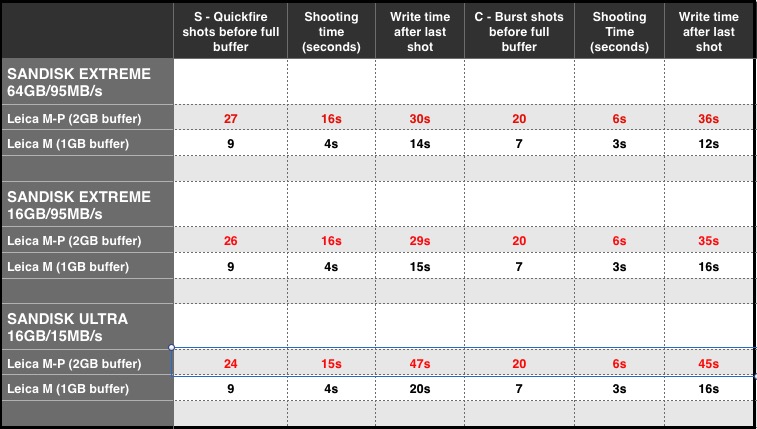
Thanks macfil. For your sharing its really help
Glad to be of help where I can.
Mike
Hello Macfilos can you share how about using EVF-2 in leica M-P is it same situation with M240 ? Is it still lag ?
I confess I haven’t used the VF-2 much with the M-P, certainly not in the past couple of months. I’ve sort of given up on it because I prefer the rangefinder and day. However, I see absolutely no reason why the VF-2 should be any better on the M-P than it is on the M. It’s a five-year-old Olympus design, as you know, and has already been superseded a couple of times by Olympus, so we can’t expect it to perform as well as the latest VFs such as those in the Fuji X-T1 or Sony A7II. After using those finders, the VF-2 is a big disappointment. I’d say that unless you need it for wide angle or, pehaps, a 135mm, better to use the rangefinder.
you make this very appealing-you mean man….